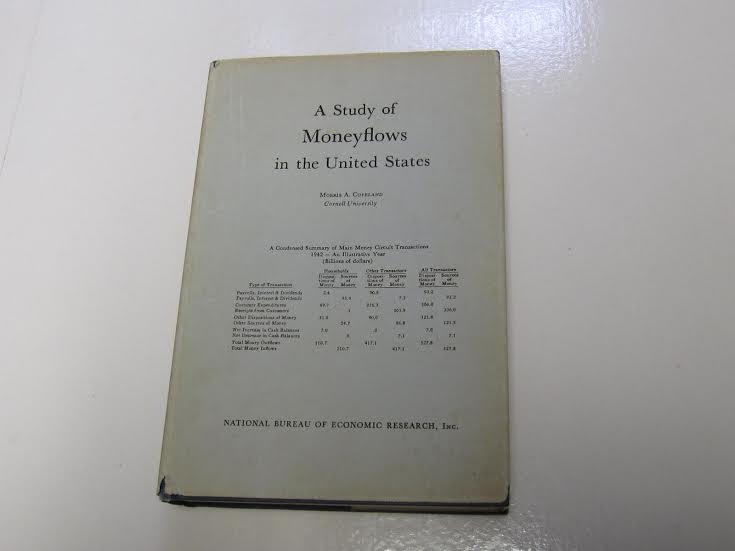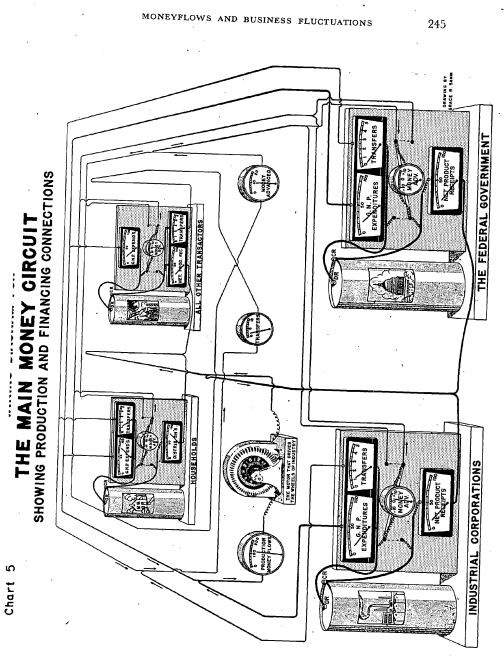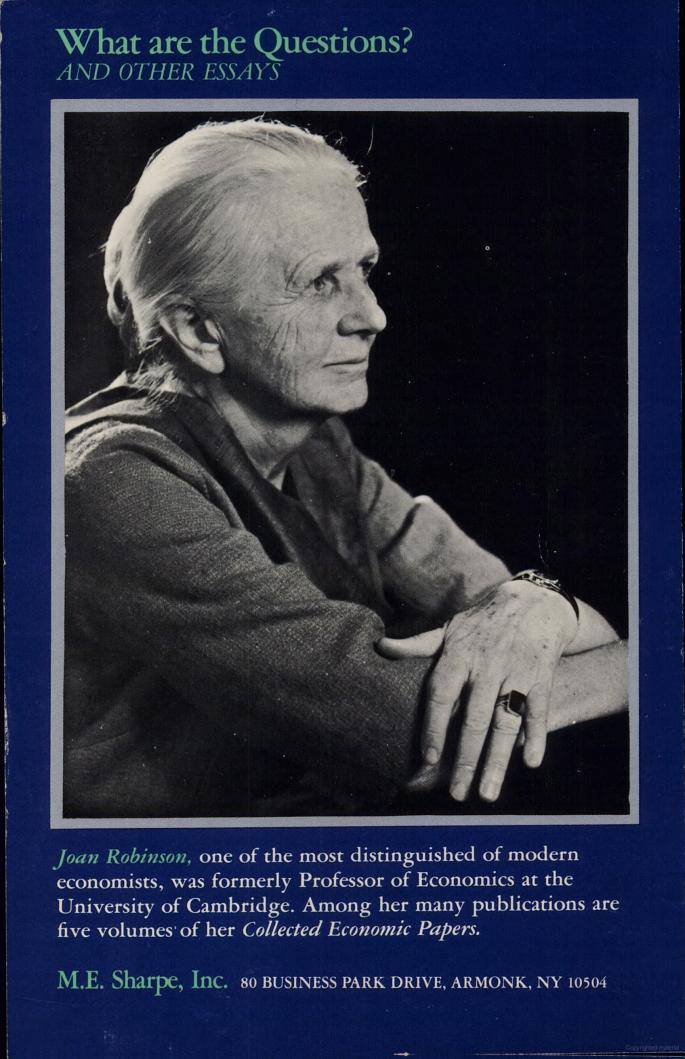There is a new interesting Federal Reserve paper The insensitivity of investment to interest rates: Evidence from a survey of CFOs.
Abstract:
A fundamental tenet of investment theory and the traditional theory of monetary policy transmission is that investment expenditures by businesses are negatively affected by interest rates. Yet, a large body of empirical research offer mixed evidence, at best, for a substantial interest-rate effect on investment. In this paper, we examine the sensitivity of investment plans to interest rates using a set of special questions asked of CFOs in the Global Business Outlook Survey conducted in the third quarter of 2012. Among the more than 500 responses to the special questions, we find that most firms claim to be quite insensitive to decreases in interest rates, and only mildly more responsive to interest rate increases. Most CFOs cited ample cash or the low level of interest rates, as explanations for their own insensitivity. We also find that sensitivity to interest rate changes tends to be lower among firms that do not report being concerned about working capital management as well as those that do not expect to borrow over the coming year. Perhaps more surprisingly, we find that investment is also less interest sensitive among firms expecting greater revenue growth. These findings seem to be corroborated by a cursory meta-analysis of average hurdle rates drawn from firm-level surveys at different times over the past 30 years, which exhibit no apparent relation to market interest rates.
The survey makes sense on a cursory look and lot of economists – especially Post-Keynesians assume away the interest sensitivity of interest rates on business investment in models many times. This is because demand for their goods and services is far more important than interest payments.
There are many complications however. Inventory building can have sensitivities to interest rates – although this may not be too significant. I am not sure the same can be said for house purchases. People’s knowledge of movements of mortgage rates can sometimes be surprising. If interest rates are dropped, households can purchase more houses on credit and this leads to a higher output and higher national income and more demand for firms’ products and services inducing more business investment – a multiplier effect. So indirectly interest rates can be said to have an effect on business investment. A resultant stock market rise – if there is one – can lead to wealth effects i.e., rise in output caused by rise in consumption due to capital gains and rise in household wealth.
One can think of international effects as well. If other central banks do not change interest rates, the domestic currency can depreciate against foreign currencies and this may slightly improve price-competitiveness of firms compared to foreign firms and improve exports and lead to some amount of imports substitution. This will have its own multiplier effect.
Of course like other channels mentioned above, this is not guaranteed to work and to the extent needed. A drop in the short term interest rate by the central bank can induce portfolio investment from abroad into equities and the exchange rate may not fall and instead rise. Also if households incomes have dropped due to a recent recession, they may not buy homes just because interest rates have dropped.
What about the reverse? A rise in interest rates – in addition to a reduced demand for house purchases – can lead to a higher interest burden of households on existing loans for house purchases, reduce domestic demand due to a drop in consumption and cause a fall in firms’ investment.
This post of course just touches these things and isn’t a claim to be anything like a full analysis. Models can be helpful in bringing these things more clearly. But models themselves have limitations so one needs a mix of empirical analysis to study such things.
Even empirical studies may be difficult. Nicholas Kaldor’s in his 1958 article Monetary Policy, Economic Stability And Growth (republished in Collected Essays, Vol. 3, page 133) points out:
It must be remembered that in times of full employment, or even of approximately full employment, the capacity of the investment goods industries may exert a far more important limitation on the level of capital expenditure than the cost of borrowing or the availability of particular forms of finance. Thus the rate of building and constructional activity may be confined by the availability of building and constructional labour; expenditure on plant and equipment may be limited by lengthening delivery periods on new contracts. In such situations, the range of projects whose execution would be influenced by changes in the cost of borrowing or in the availability of loans might be unusually narrow …
So if we have some empirical data, how do we decide whether the slowdown of output in whichever period in the data the output slowed down was caused due to an increase in short term interest rate by the central bank or because of capacity constraints? The answer in my opinion is more empirical research and more model building.
It is also worth mentioning that despite so many complications, the economics profession pretends that fiscal policy is somewhat less important and ignores it as compared to monetary policy. Things have changed a little during after the crisis but one never knows when they take a U-turn on such issues.


